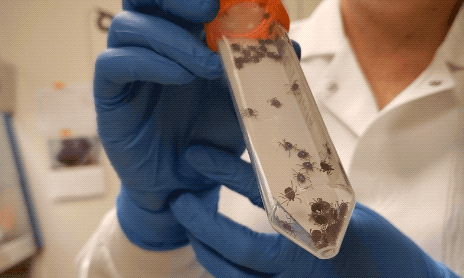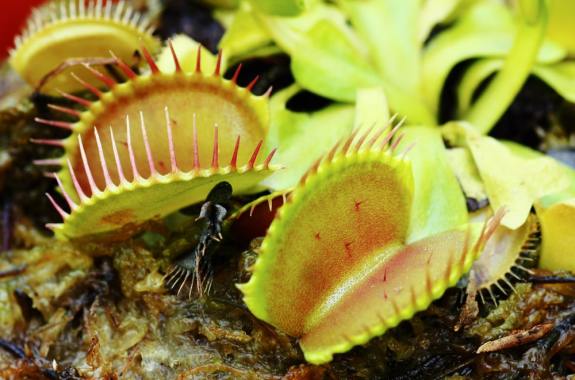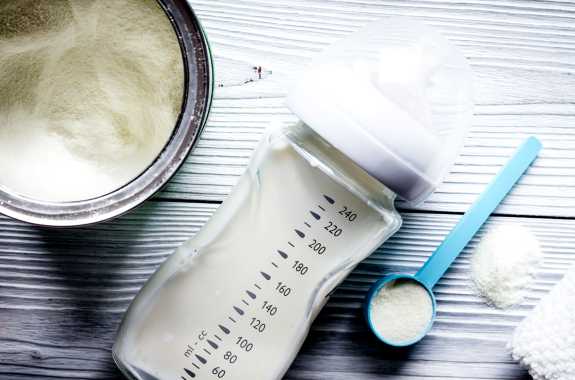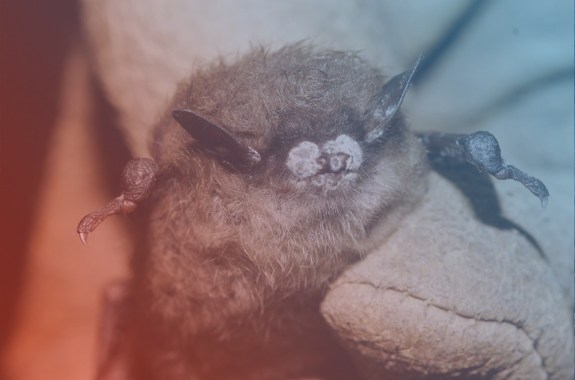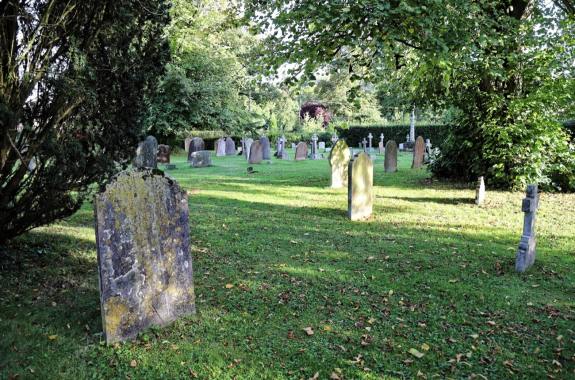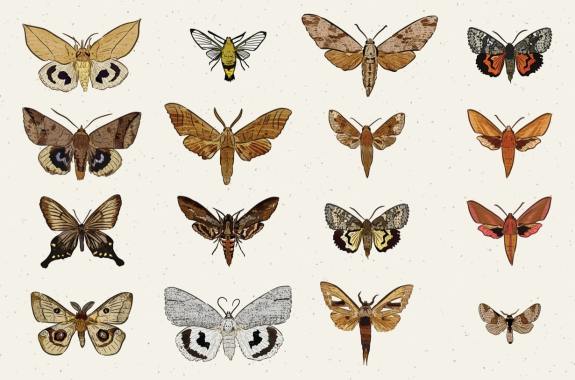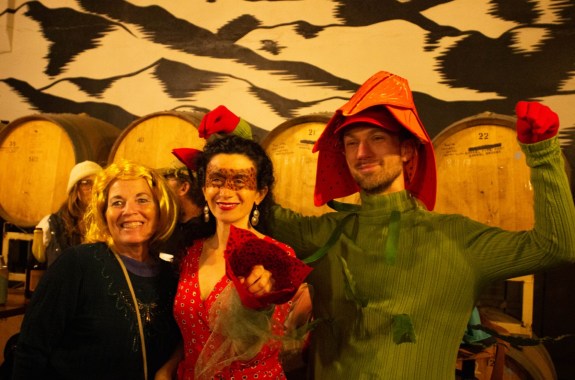17:26
To Milk A Tick
Compounds in tick saliva can reveal to how these parasites can create anesthetics and anticoagulants to breakdown human and animal defenses.
7:01
The Secrets Of The Venus Flytrap
Learn about the surprising facts and common misconceptions of the Venus flytrap.
18:17
What Do The Ingredients In Baby Formula Actually Mean For Infant Health?
Deciding which formula is best for your baby? Here’s what science has to say.
5:06
Northeastern Bat Populations Haven’t Recovered From White-Nose Syndrome
And the disease is now popping up on the west coast.
11:58
Cemeteries Offer A Green Refuge For Urban Plant And Animal Life
In cities, where plants and animals compete with humans for space and survival, cemeteries offer an unexpected reprieve.
22:24
Moth Magic: Nature’s Underappreciated Night-Dweller
Do moths deserve their unflattering reputation? A museum curator and moth-lover sets the record straight.
The Rare, Native Species Haunting The Appalachian Mountains
While you dressed up as a witch or zombie this Halloween, these North Carolinians took the form of something much scarier: local species at risk.
The Complicated Sex Lives Of Venus Flytraps
How do Venus flytraps survive if they end up eating their pollinators?
6:57
Quantum Supremacy Is Here—Allegedly
Google says its quantum computer has achieved in just 200 seconds what would take a supercomputer thousands of years. But IBM is pushing back.
